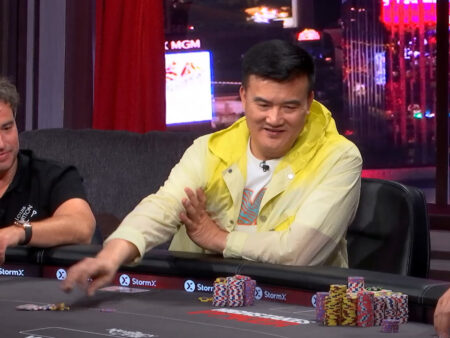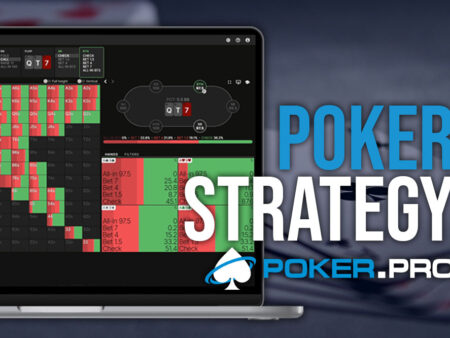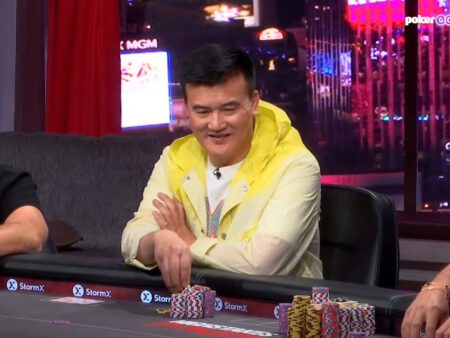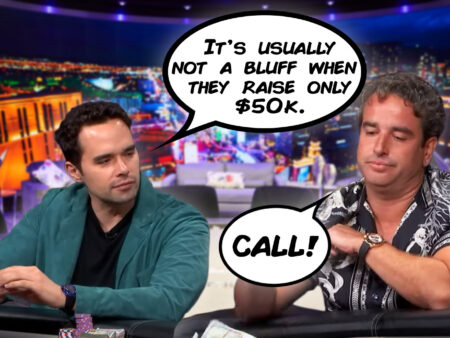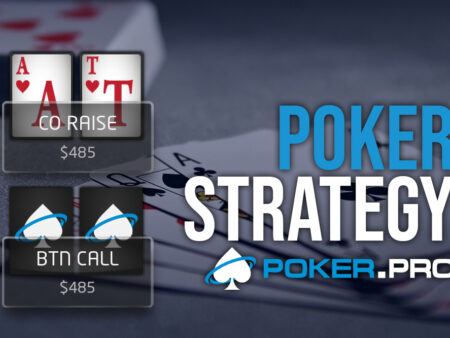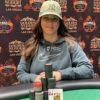Pot size geometry is the basis of bet sizing theory that maximizes, i.e., expands, the defending range of our opponent. This, in theory, forces oppo…
What Is Pot Size Geometry in Poker

Pot size geometry is the basis of bet sizing theory that maximizes, i.e., expands, the defending range of our opponent. This, in theory, forces opponents to put more money into the pot. Therefore, when we have a perfectly polarized range, the best strategy is to bet an equal percentage of the pot on each street to be all-in on the river.
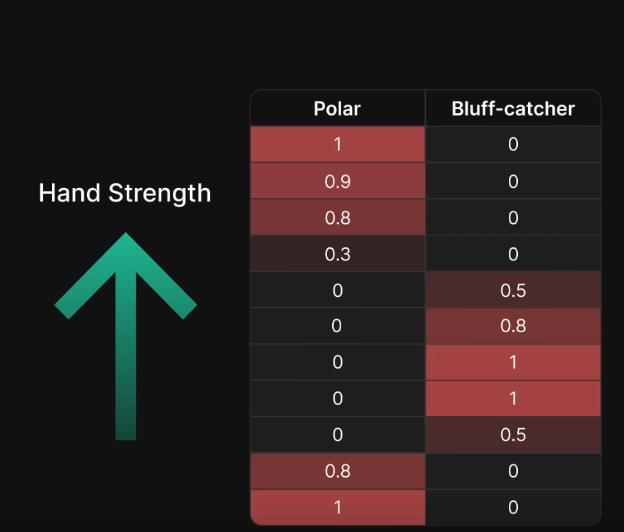
Using this strategy, we, as the aggressor, know if we have a better hand or if we are bluffing, while our bluff-catching opponent is “guessing”.
This lack of information about our opponent is crucial to the success of this strategy.
So, in the following pictures, we can see how “smooth” betting lines force opponents to put more money in the pot compared to “rougher” betting lines.
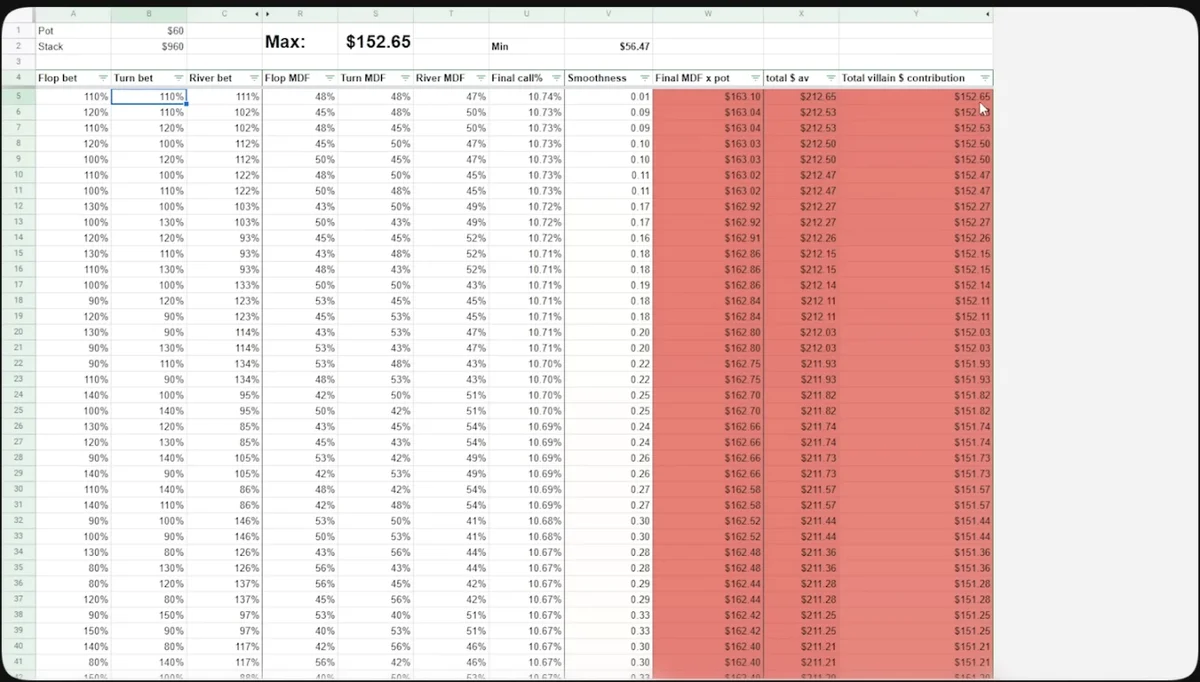
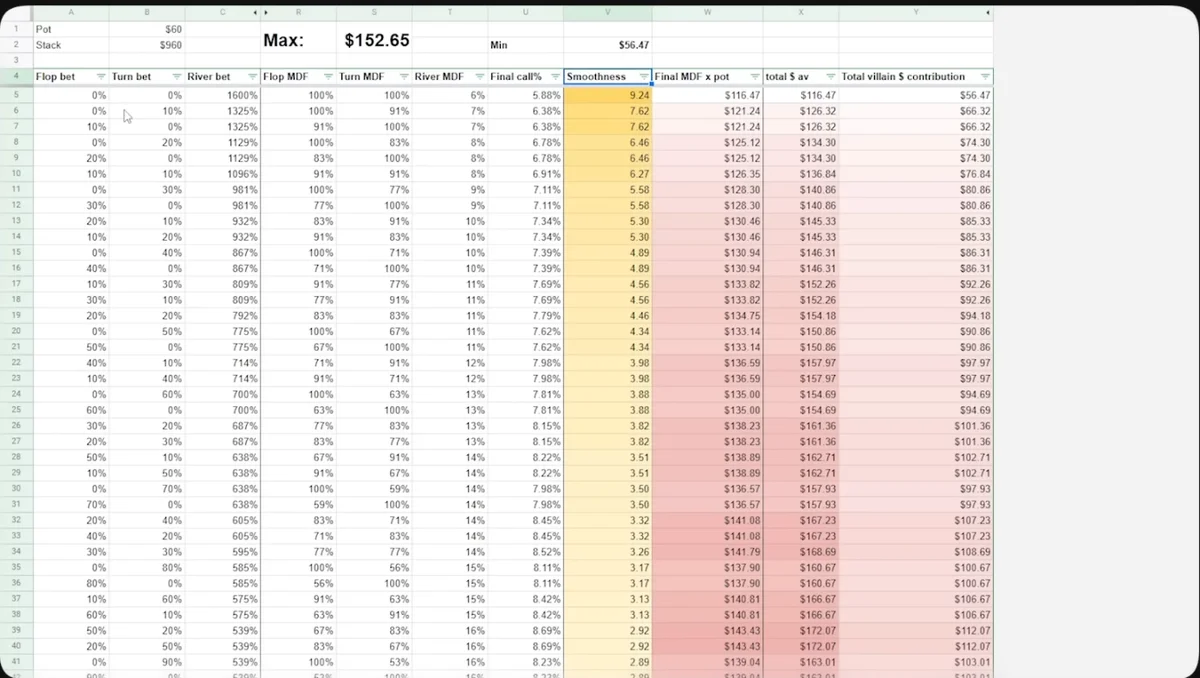
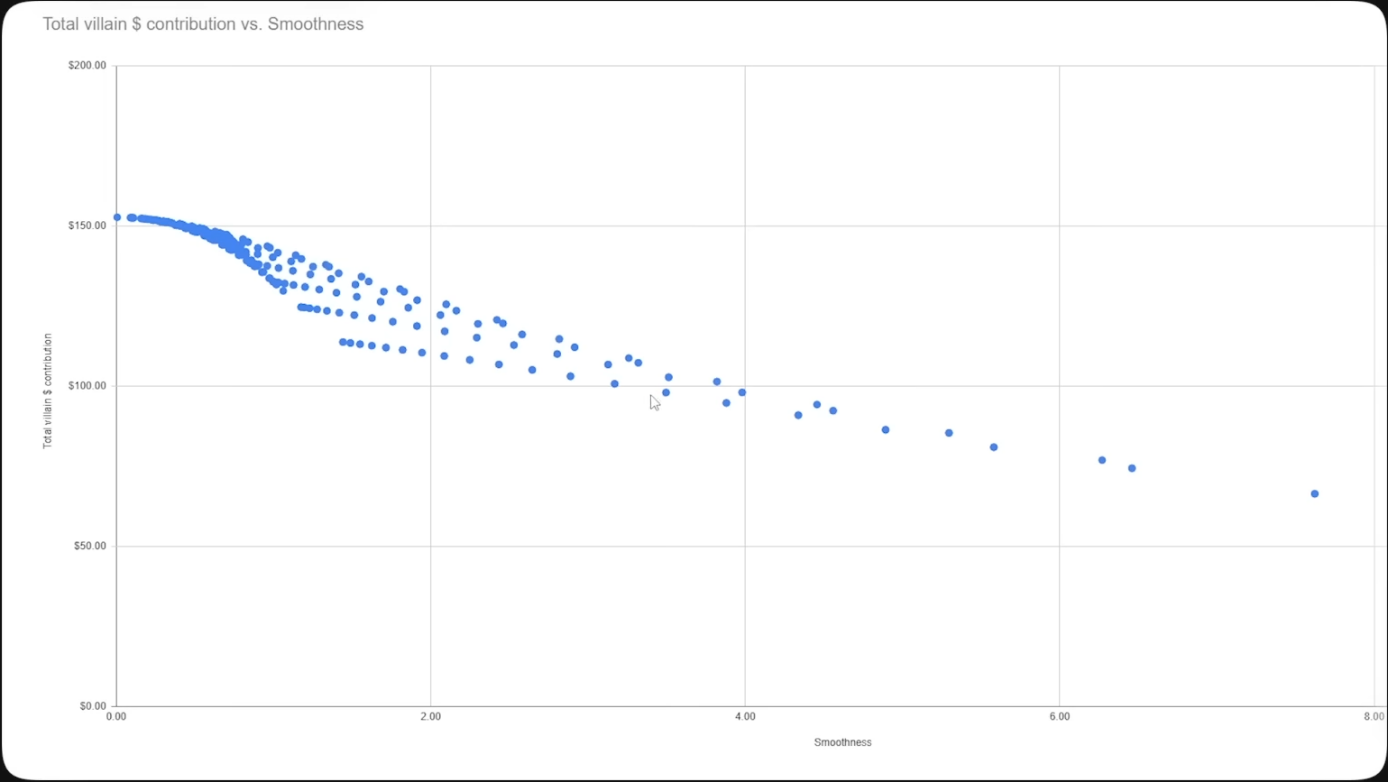

In practice, we are rarely perfectly polarized, but we can still create a betting range with strong and weak hands, and instead of geometry on the early streets, we can use larger sizes to deny the opponent equity.
In some situations like HJ vs. BB, non-geometric strategies are better because even though HJ has a “range advantage”, BB still has a “nut advantage” on many boards, and that’s why 33% sizing performs better than 120% geometric sizing, where with 33% we force BB to split his rage with check/raise.
When BB calls against 33%, their range contains more medium-strong hands, and when BB reacts with Check/raise, his range has more sets, and trips, even though other strong hands, i.e., his range is more polarized.
So we will see more geometric bet sizes on later streets.
Conclusion
We use geometric sizing when we want to get the most money in the pot on the river; they work better when we have a polarized range.
We use non-geometric sizing to get more information about our opponent’s range and have a better picture of him as soon as we are closer to the river.
Also, when we want to deny equity from our opponent’s draws, we can use non-geometric sizings like big overbets on early streets to get folds.



